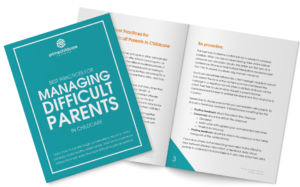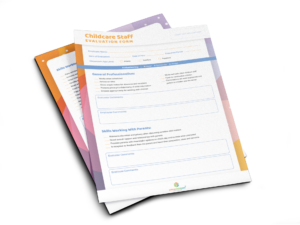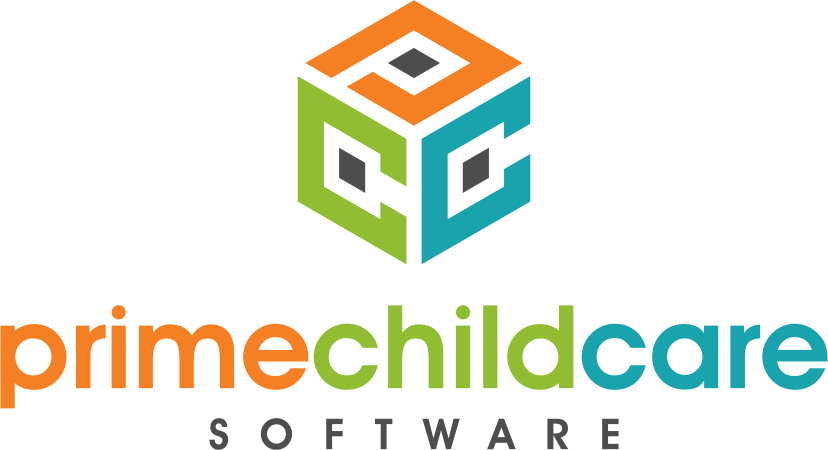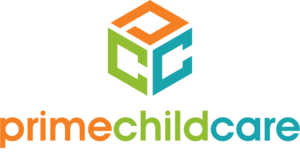In light of COVID-19 and shelter-in-place orders, millions of American parents face months of financial hardship. In addition, the child care industry has been hit hard by the changes, and many daycare owners fear their businesses won’t survive the crisis. To make it through the shutdowns and resulting economic downturn, childcare centers need a direct line of help. This is where the CARES ACT comes in.
Among other things, the CARES ACT or The Coronavirus Aid, Relief, and Economic Security Act provides economic assistance to childcare centers. Provisions of the bill include small business loans and unemployment benefits for childcare centers and employees. If you’re concerned about how your center will navigate the financial fallout from the crisis, here are six things you should know about the CARES ACT.
1. Small Business Loans and Grants Provide an Economic Lifeline
The CARES ACT provides $10 billion for Emergency Injury Disaster Loans to small businesses with fewer than 500 employees. This includes non-profits and independent contractors. While the EIDL program isn’t new, the CARES ACT has expanded it to help all small businesses in the United States weather the economic impact of COVID-19. These loans offer up to $2 million for operating costs, payroll, paid sick leave, and rent or mortgage payments.
The covered period is from January 31, 2020, to December 31, 2020. However, the amount your center will receive is determined by the Small Business Administration (SBA) and based on the actual economic injury suffered by your business. Applications must be filed before December 16, 2020, for consideration. For urgent needs, businesses can request a $10,000 grant to be issued within 3 days of applying. These funds provide child care centers with the flexibility they need to meet payroll expenses during a financial crisis.
According to the SBA, you’ll receive the $10,000 (provided you checked the box), within days of qualifying for an EIDL loan. And, because the $10,000 is a grant, you won’t have to repay it.
2. The CARES ACT Provides an Additional $3.5 Billion for State CCDGB Programs
To support parents of young children during the pandemic, the CARES ACT allocates an additional $3.5 billion to Child Care and Development Block Grant (CCDBG) programs. This increase is especially notable because it makes funds available to child care centers that weren’t receiving CCDBG. The funds may be used to provide continued payments to childcare centers in light of decreased enrollments.
Additionally, the CARES ACT makes CCDGB funds available to a unique group of employees. This includes workers in law enforcement, healthcare, emergency care, sanitation, and other essential industries.
States also have increased flexibility to relax requirements for child care services for needy families. These relaxed requirements may include:
- Payment amounts based on enrollment instead of attendance
- Waived policies that terminate a child’s enrollment based on attendance
- Temporary suspension of eligibility reviews for child care services
- Funds for necessities related to COVID-19, such as sanitation services, substitute caregiver pay, and paid sick leave.
3. Home-Based Care Centers Are Eligible for CARES ACT Loans and Grants
While many childcare centers are school-based or part of Head Start programs, home-based providers offer the majority of options in more than 20 states. These smaller centers often don’t have the funds to weather more than a few weeks of decreased enrollments. The inclusion of sole proprietors and self-employed businesses for CARES ACT loans and grants may be the only lifeline available for these vital childcare centers. To apply, self-employed or home-based childcare providers must submit documentation to verify their eligibility.
4. The CARES ACT Includes Unemployment Benefits for Part-Time Childcare Center Employees
Many parents have been laid-off or furloughed during the COVID-19 pandemic. Additionally, high-risk childcare staff members may also be forced to shelter at home. This combination of events has forced many child care centers to shutter their doors indefinitely. The CARES ACT expands unemployment benefits to workers typically not covered by state unemployment plans. They include part-time workers and those without an extensive work history.
5. Your PPP Loan May Turn Out to Be a Grant
The CARES ACT directly allocates $349 billion to the Paycheck Protection Program. All small businesses are eligible. Other eligible entities include veterans organizations, non-profit organizations, sole proprietors, and self-employed individuals. The covered loan period extends from February 15, 2020, to June 30, 2020.
In addition, loans must be used for purposes like wages, health insurance benefits, paid sick leave, rents/mortgages, utilities, and retirement benefits. When used for such purposes, the loan turns into a grant.
And, the good news is that the SBA won’t require any collateral or personal guarantees when you apply for the loan.
6. More Help May Be On the Way
While the CARES ACT does address critical industries, the help provided may not completely stem the financial fallout from COVID-19. Child care services are an especially vital service for essential workers. As the country begins the long, slow road to economic recovery, child care providers will be an important part of that journey. As some parents return to work and others are forced to find new employment, child care centers will provide critical support.
While many Americans haven’t yet seen the results of the CARES ACT take effect, another bill may already be in the works. Phase 4 coronavirus relief talks suggest that more assistance for small businesses and more direct payments to Americans may be in the works. However, the details are far from clear. While the bill will likely take weeks to pass, there’s hope that it will address essential areas missed by the CARES ACT.
That said, our childcare system is an undervalued but still critical part of the nation’s success. And, child care centers have persevered for decades, operating on small profit margins to keep the doors open for the families who desperately need them.
If you’d like to know how you can weather the financial fallout from the COVID-19 crisis, we can help. Our cloud-based childcare management software provides everything you need to run a successful childcare center. If you have any questions about applying for CARES ACT federal grants and loans, contact us. Finally, if your daycare is currently open (and serving essential workers), we thank you for your service. Prime Child Care is also providing additional COVID-19 resources at this time. Check them out here.
Recent Articles from Prime:

Prime Childcare V2.6 Now Supports Daily Body Temperature Checks to Protect Daycares and Other Facilities
Prime Childcare V2.6 now allows temperature checks that can be customized to meet facility standards, while being compliant with various state and local mandates. Facility administrators set a maximum temperature threshold which alerts staff whenever a child exceeds that number,

Best Practices For Managing Difficult Parents
Whether you are a veteran teacher, center director or staff member, at some point in your career as a childcare worker, you will encounter difficult-to-please parents. Learn how to handle tough conversations about a child’s behavior, build healthy relationships, and avoid unpleasant interactions with even the most difficult-to-please parents. … Read More

Employee Performance Evaluation Template
Evaluating your childcare staff has never been easier! Periodic performance evaluations ensure your staff is meeting and exceeding your expectations. Make the process easy with this free employee evaluation form from Prime Childcare Software.

How to Protect Student Data Privacy
Data privacy is top-of-mind for parents. But, how do you secure personally identifiable information? Read on to get our best tips for protecting student data privacy. … Read More

How To Lead A Low-Stress Move To A Child Care Management System
4 Important Steps To Help You & Your Staff Embrace The Digital Age The benefits of moving to a child care management system are numerous and well documented. What is far less well known is how to prepare. Transitioning from

6 Inspiring Classroom Ideas for June
Summer is finally here! Implement these classroom ideas to keep your young charges excited about learning. … Read More










